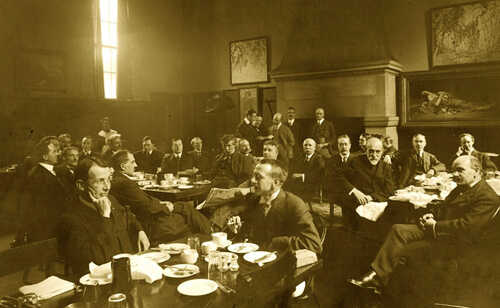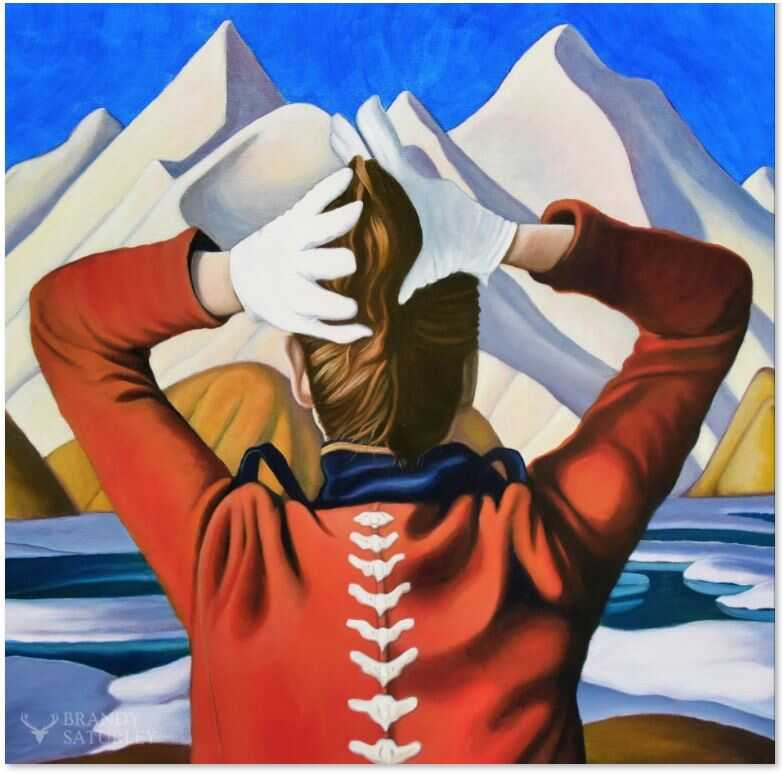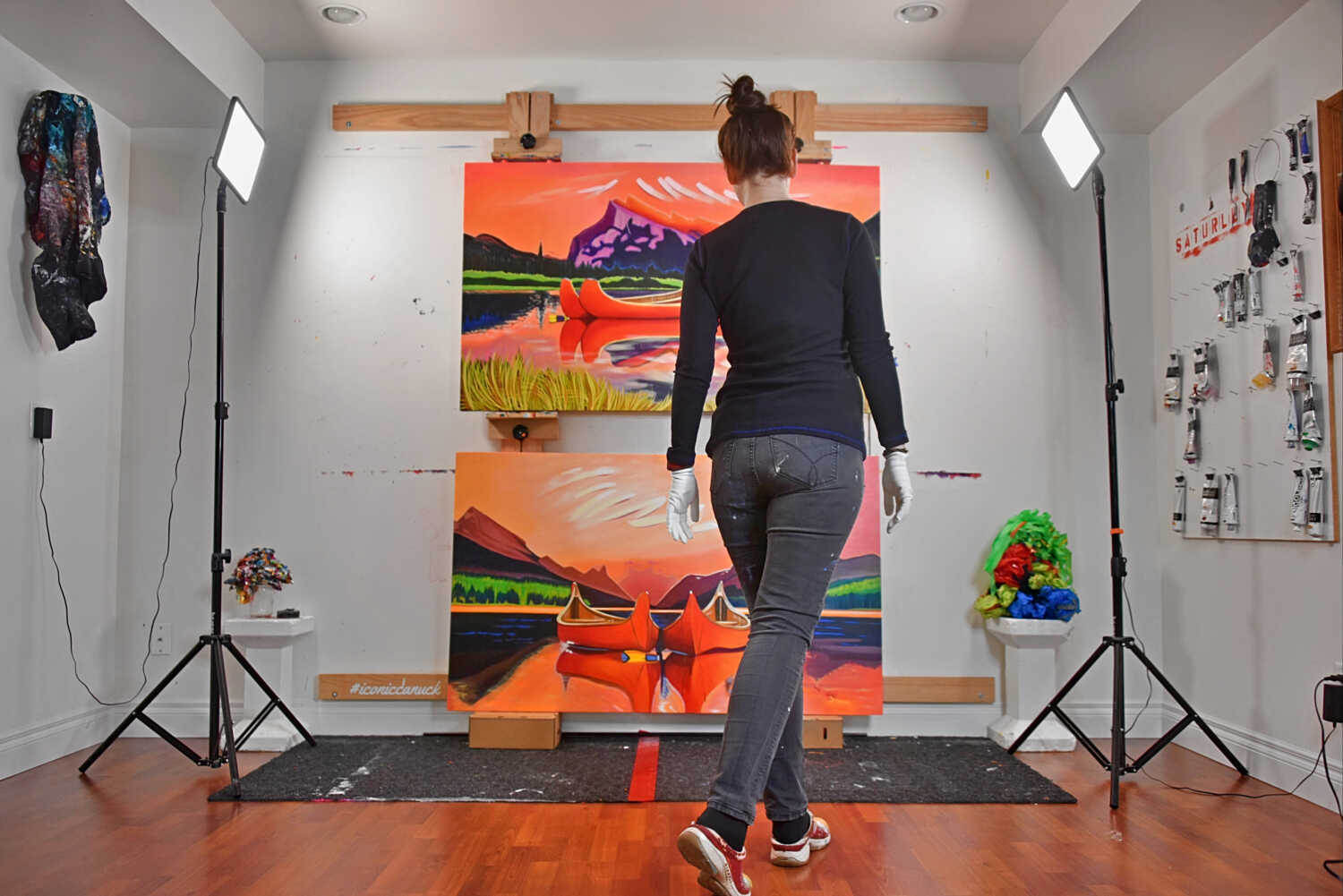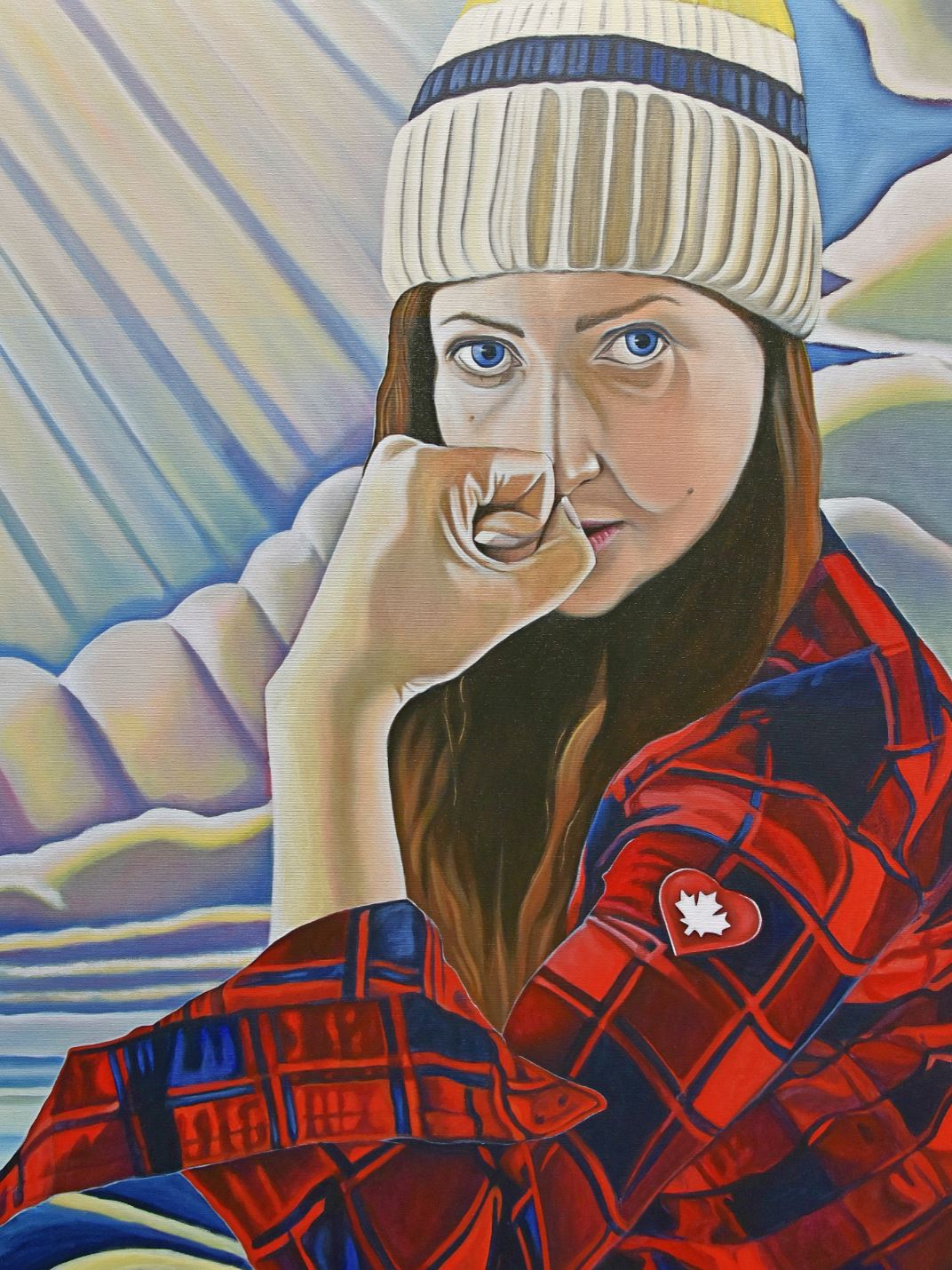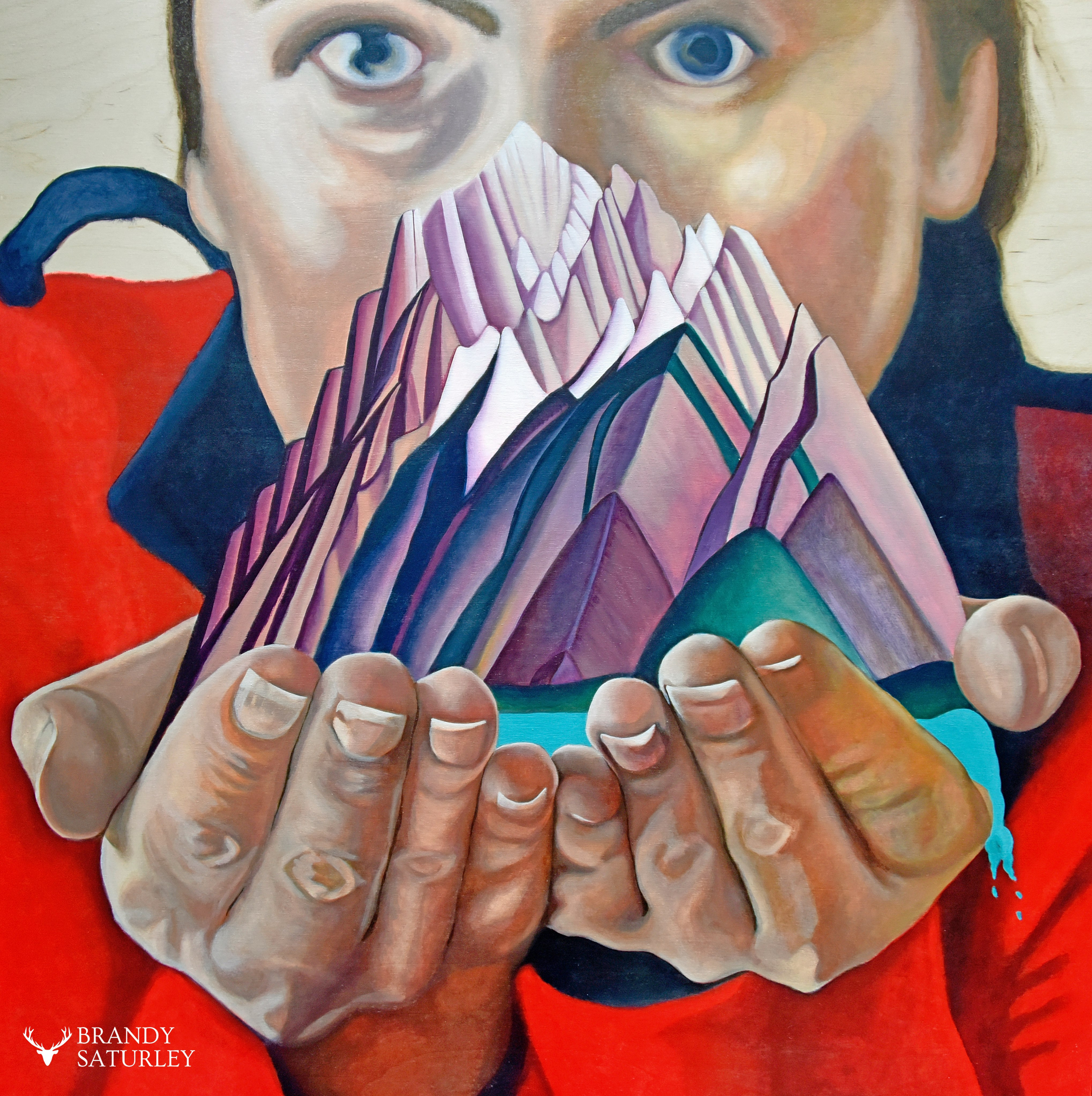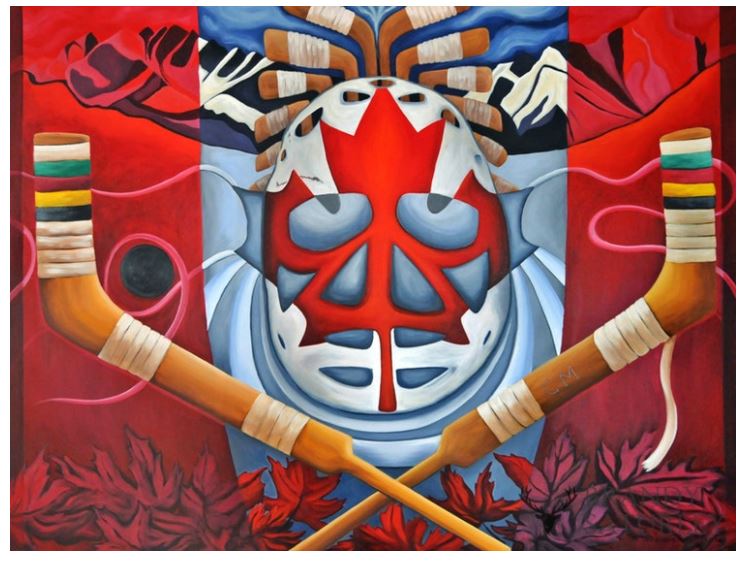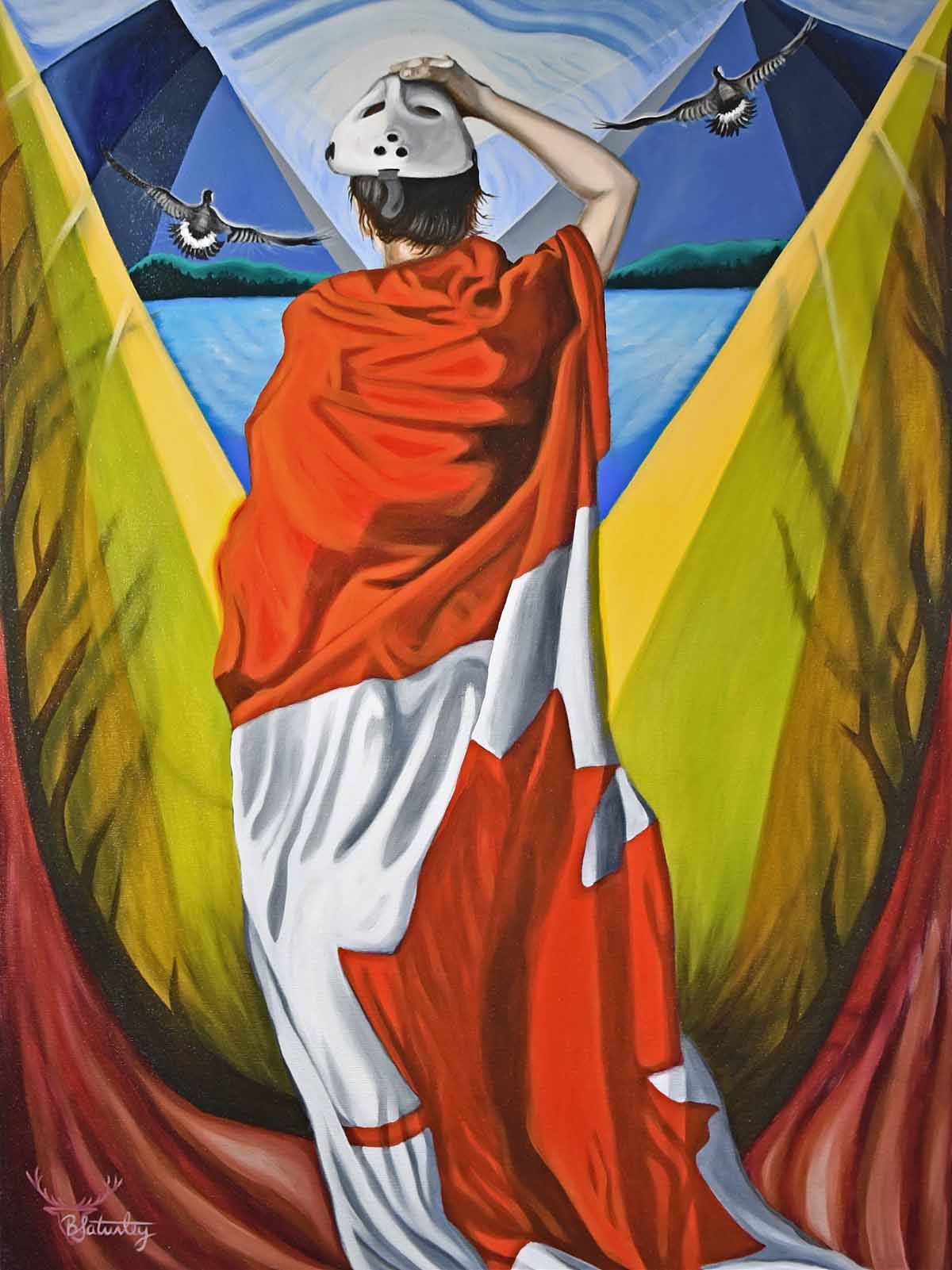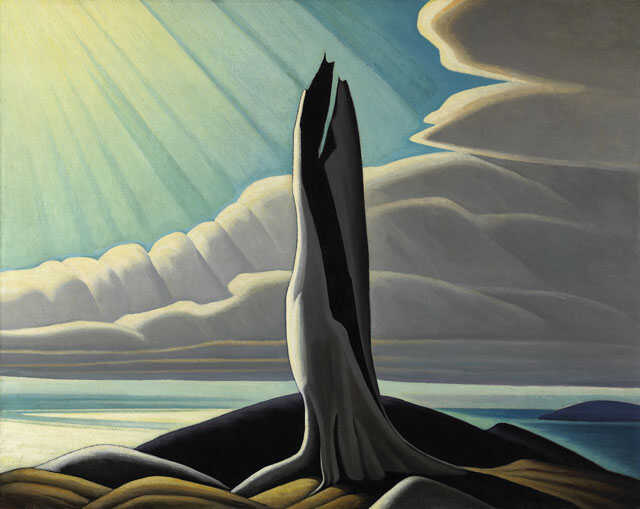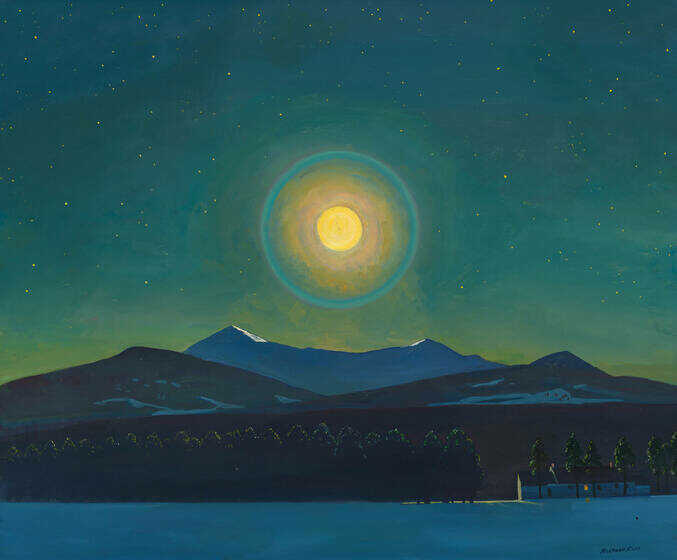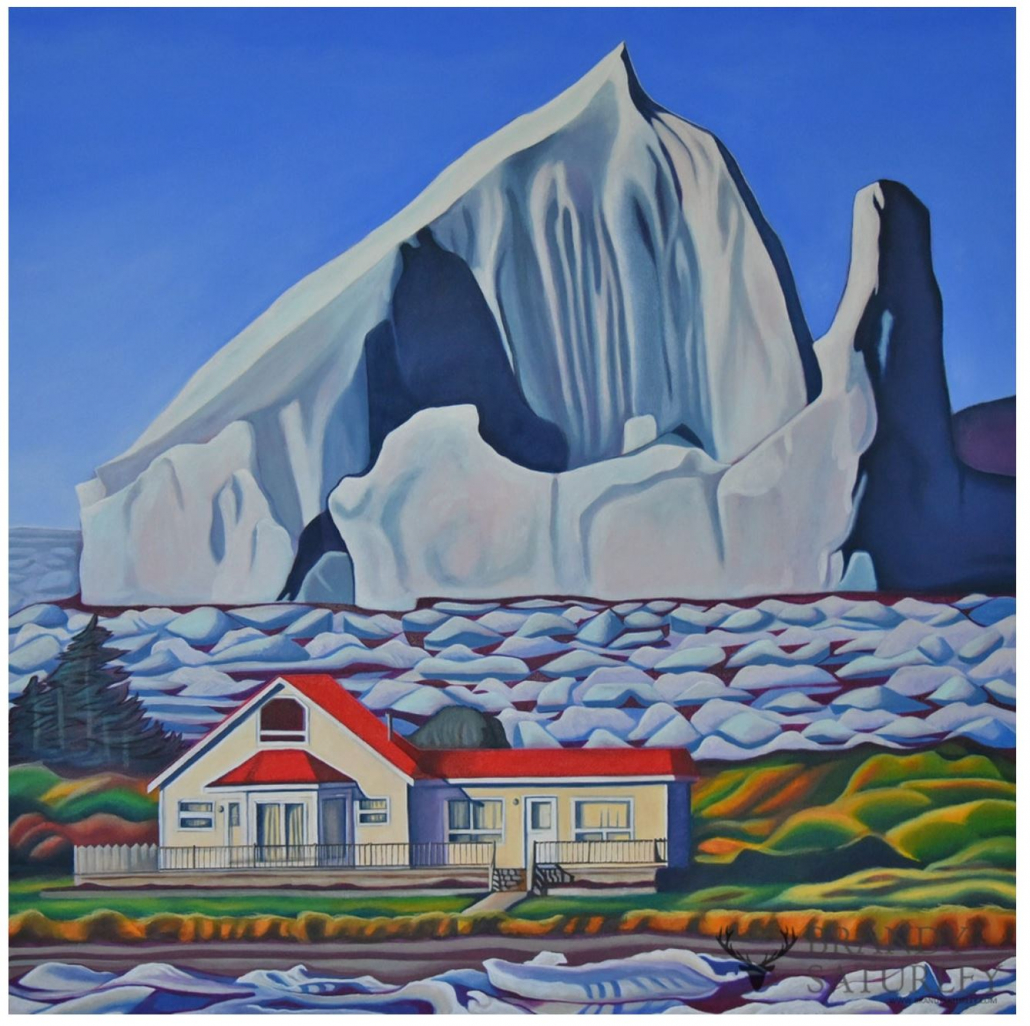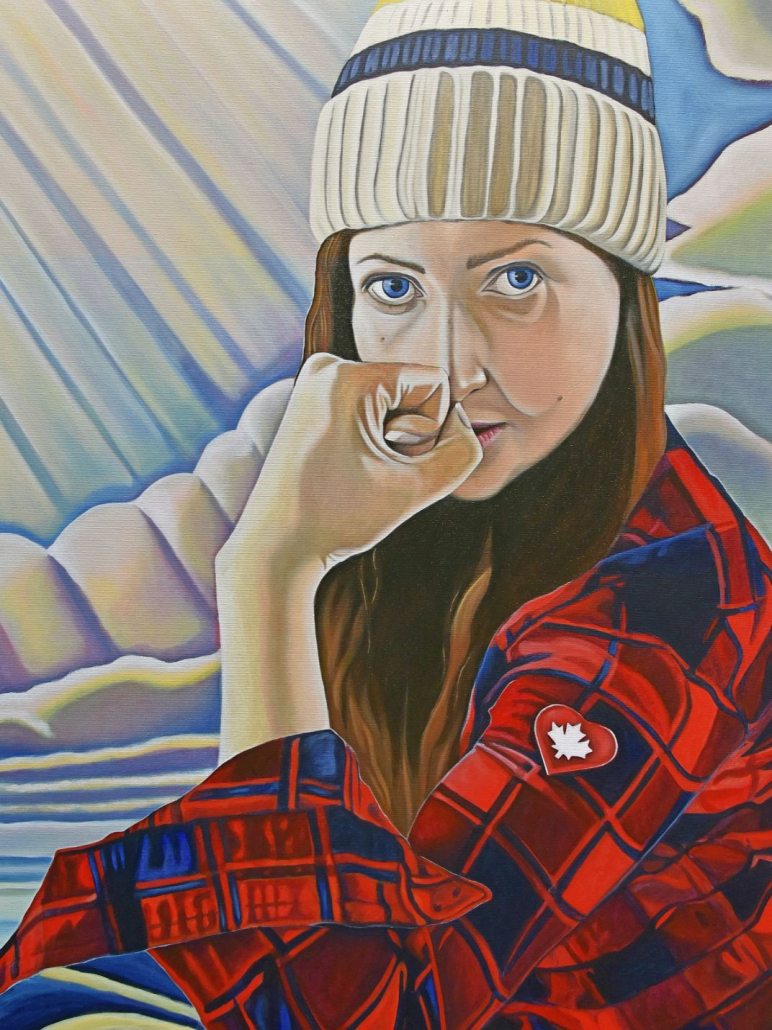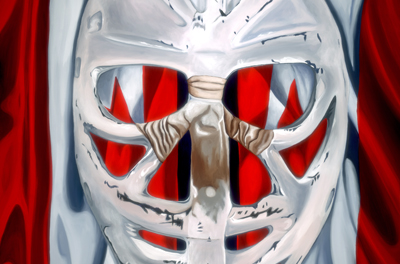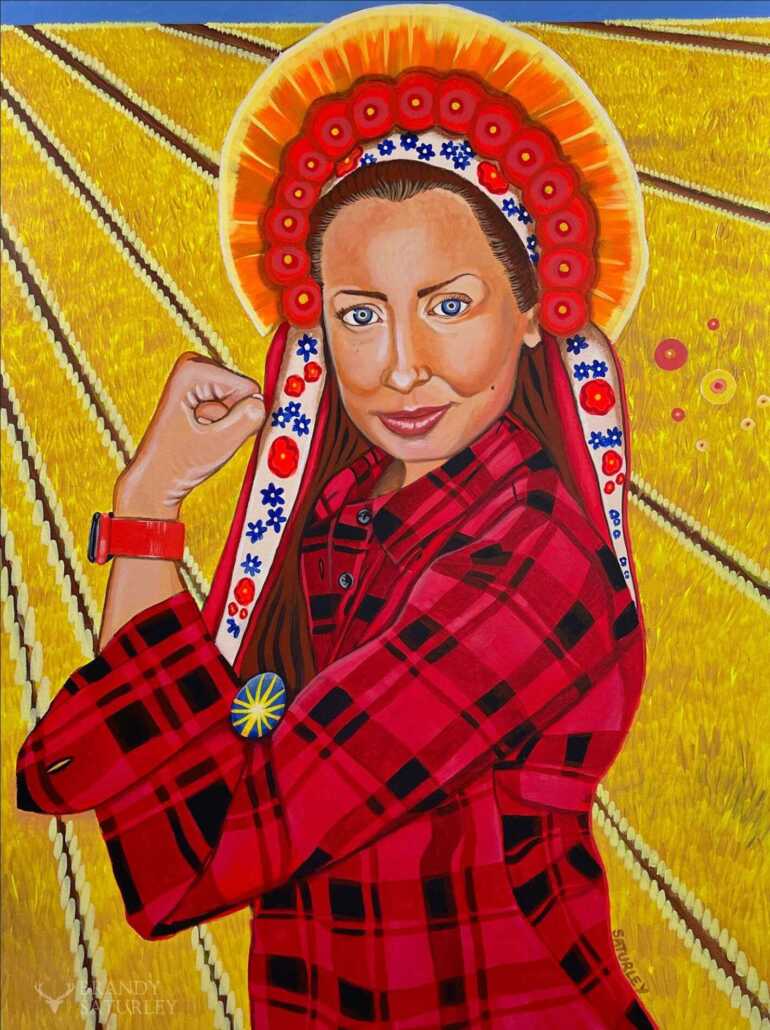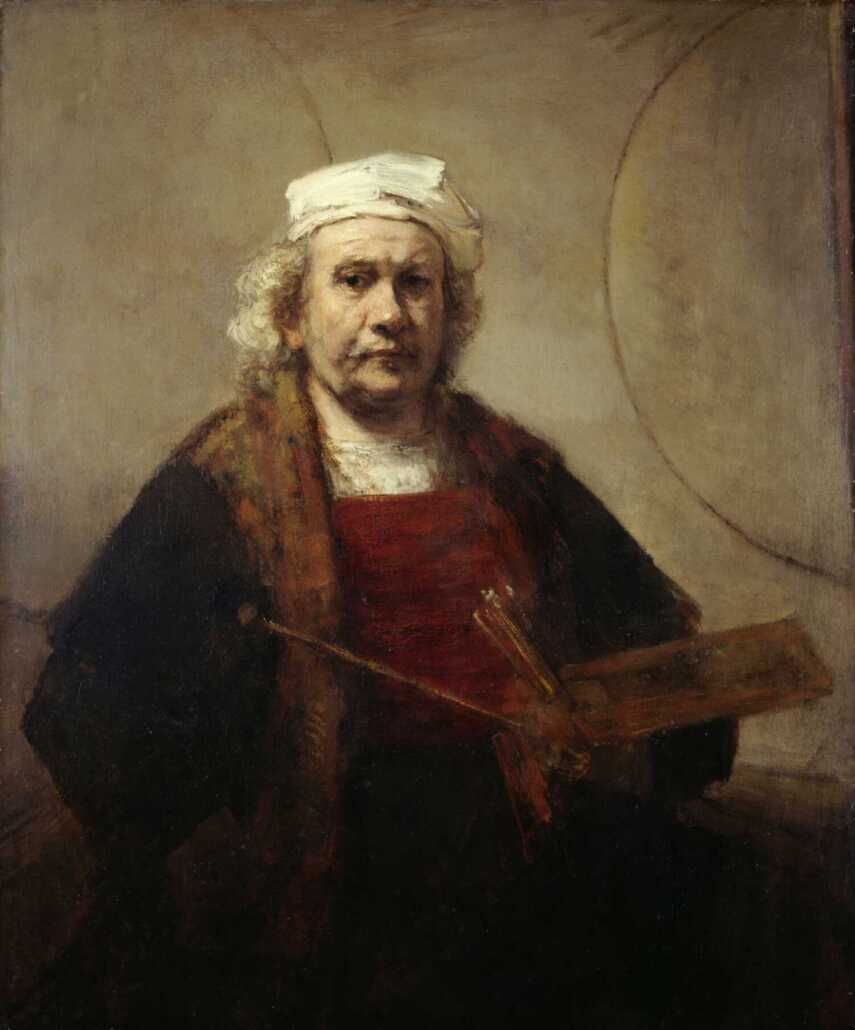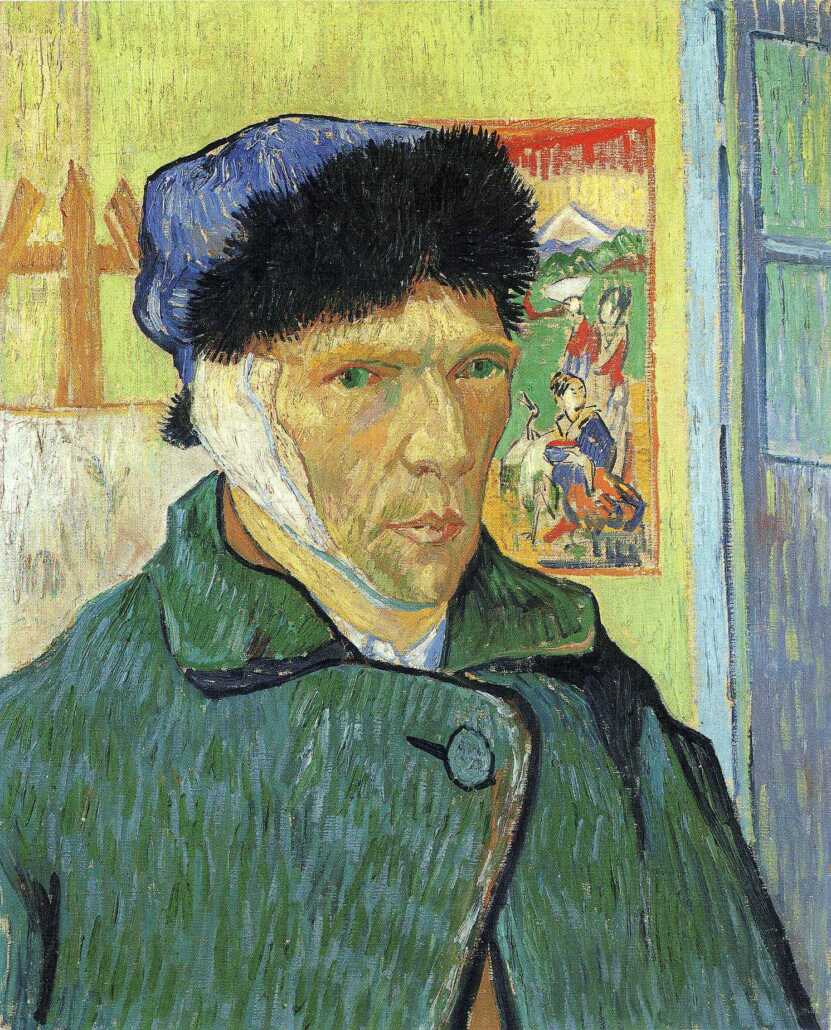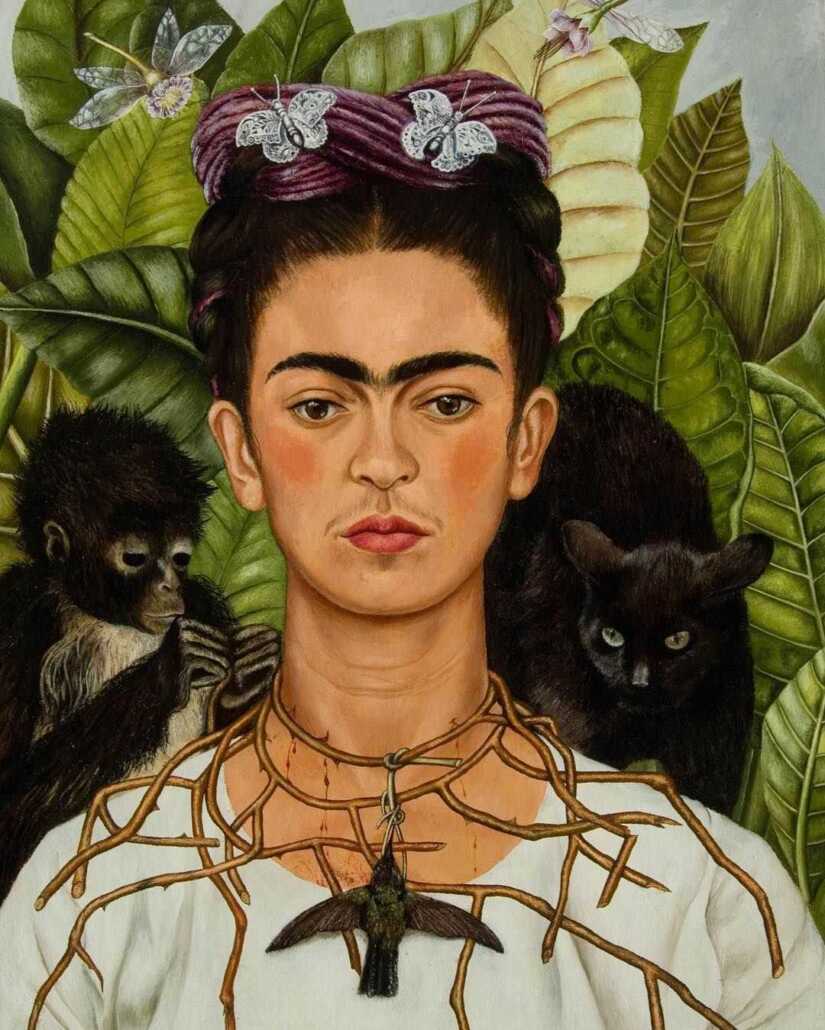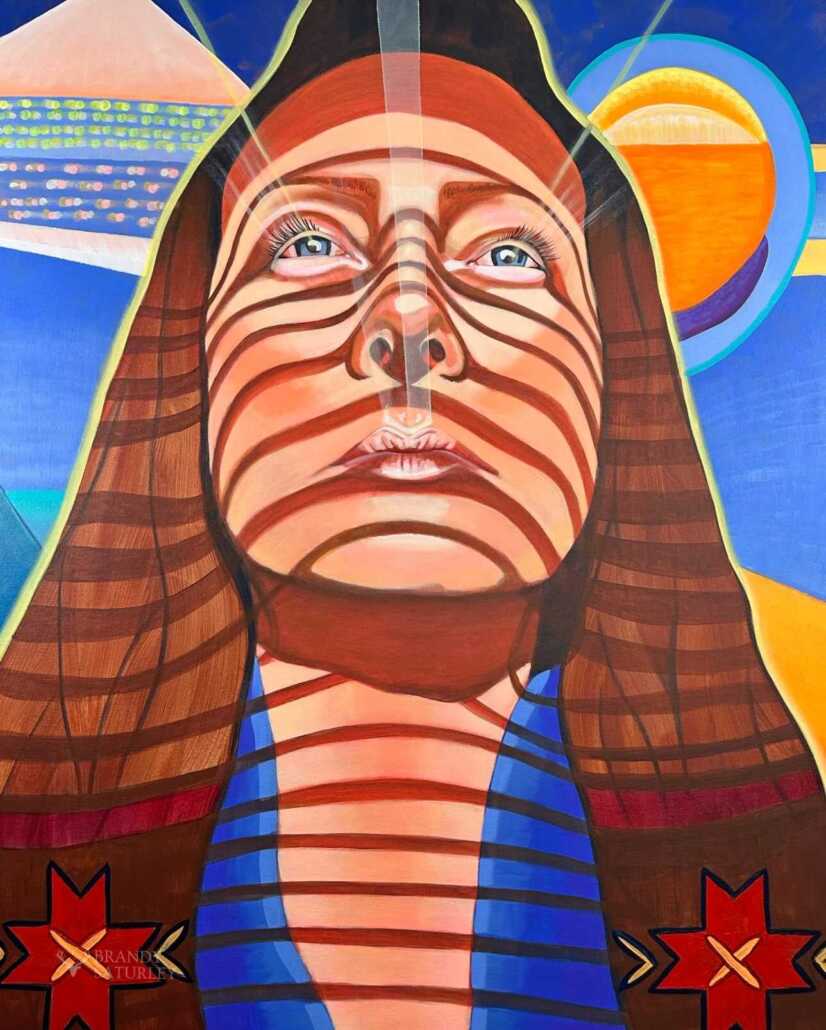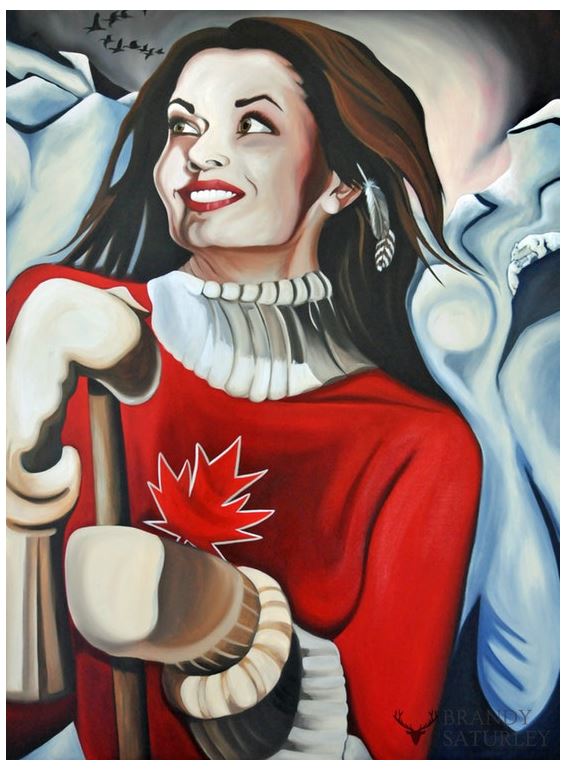Elected to the Society of Canadian Artists
In June this year, the Society of Canadian Artists will celebrate new Elected Members at their Annual General Meeting at the Arts & Letters Club in Toronto, Ontario. As a professional Canadian Artist with nearly twenty years in the Canadian Art business, Brandy Saturley is honoured to be elected to the SCA a talented and dedicated group of Canadian Arts professionals. The Arts & Letters Club of Toronto is a vibrant private members’ club that brings together creative and performing artists, writers, architects, musicians, painters, graphic artists, and more. Established in 1908, it champions the arts in English Canada. The St George’s Hall at 14 Elm Street is a Toronto landmark — a building with a lively history of remarkable colour and vivacity in a convenient downtown location. It has been designated a building of National Historic Significance by the Government of Canada. The focus of Club life and activity is the Great Hall, a splendid room with a cathedral ceiling, and wonderfully tongue-in-cheek banners by J.E.H. MacDonald celebrating the names of illustrious early Members. Celebrated club members include; A.Y. Jackson, Vincent Massey and J.E.H MacDonald.
What is the SCA? (Society of Canadian Artists)
The Society of Canadian Artists (SCA) is a national, non-profit artists’ organization dedicated to expanding the visibility and stature of the visual arts in Canada. In a country so creatively diverse, art is an anthem. Officially founded in 1972 (although germinating since 1957), the SCA is the young, national, non-profit artists’ organization born to foster and celebrate the visual arts and artists in Canada. They are a collection of some of the country’s most committed traditional and new media artists welcoming the new, the up-and-coming and the established.
Elected to the SCA: What Does it Mean to be an elected member of the Society of Canadian Artists?
Being an Elected Member of the Society of Canadian Artists (SCA) is a prestigious recognition for professional artists who have undergone a rigorous adjudication process. Being an Elected Member of the SCA signifies recognition, commitment, and active participation in the vibrant world of Canadian visual arts. Carrying the SCA designation signifies recognition, commitment, and active participation in the world of Canadian Visual Arts.
Who are some notable current and past elected Canadian member artists of the SCA?
The Society of Canadian Artists (SCA) boasts a roster of talented artists who have made significant contributions to the Canadian art scene.
While we don’t have an exhaustive list, here are a few notable members:
- Ray Phelps: Served as President of the SCA.
- Tom Chatfield: Another past President who left his mark on the organization.
- Pat Fairhead: An accomplished artist associated with the SCA.
- D. Bellerby: Contributed to the SCA’s vibrant community.
- Ina Gilbert: Known for her artistic endeavors within the SCA.
- Ron Bolt: A respected member who has enriched the SCA’s legacy.
- Claire Kerwin: Her work has been influential in the Canadian art world.
- Tibor Kovalik: An artist whose creativity resonates with many.
- A. Meredith Barry: Contributed to the SCA’s growth and vibrancy.
- Kazuo Hamasaki: His artistic journey has left an indelible mark.
- Janet Newcome Basmadjian: An artist who embodies the spirit of the SCA.
Contributions to the Artistic Community
In nearly two decades as a professional full-time Canadian artist, 17 of those years self-representing, my contributions have been numerous and oftentimes undocumented I believe an important part of my responsibility as a professional Canadian Visual Artist is to be an educator. As artists in this Canadian Art community I believe our role is to educate every person we encounter about Art and the Arts in Canada.
In 2018, Saturley was honoured to be juried into the 50th Annual International Exhibition and her painting, Balance, appeared on the catalogue cover for the exhibition, held at Papermill Gallery in Toronto.

